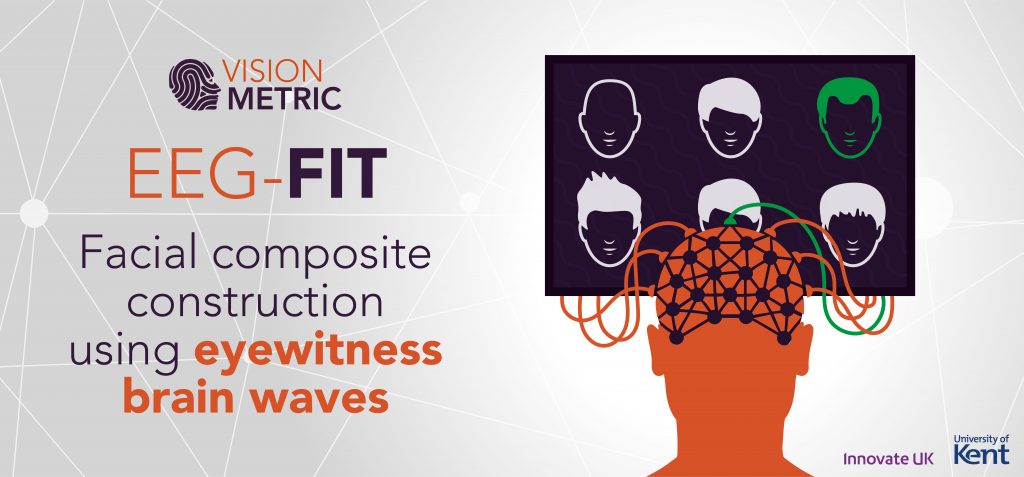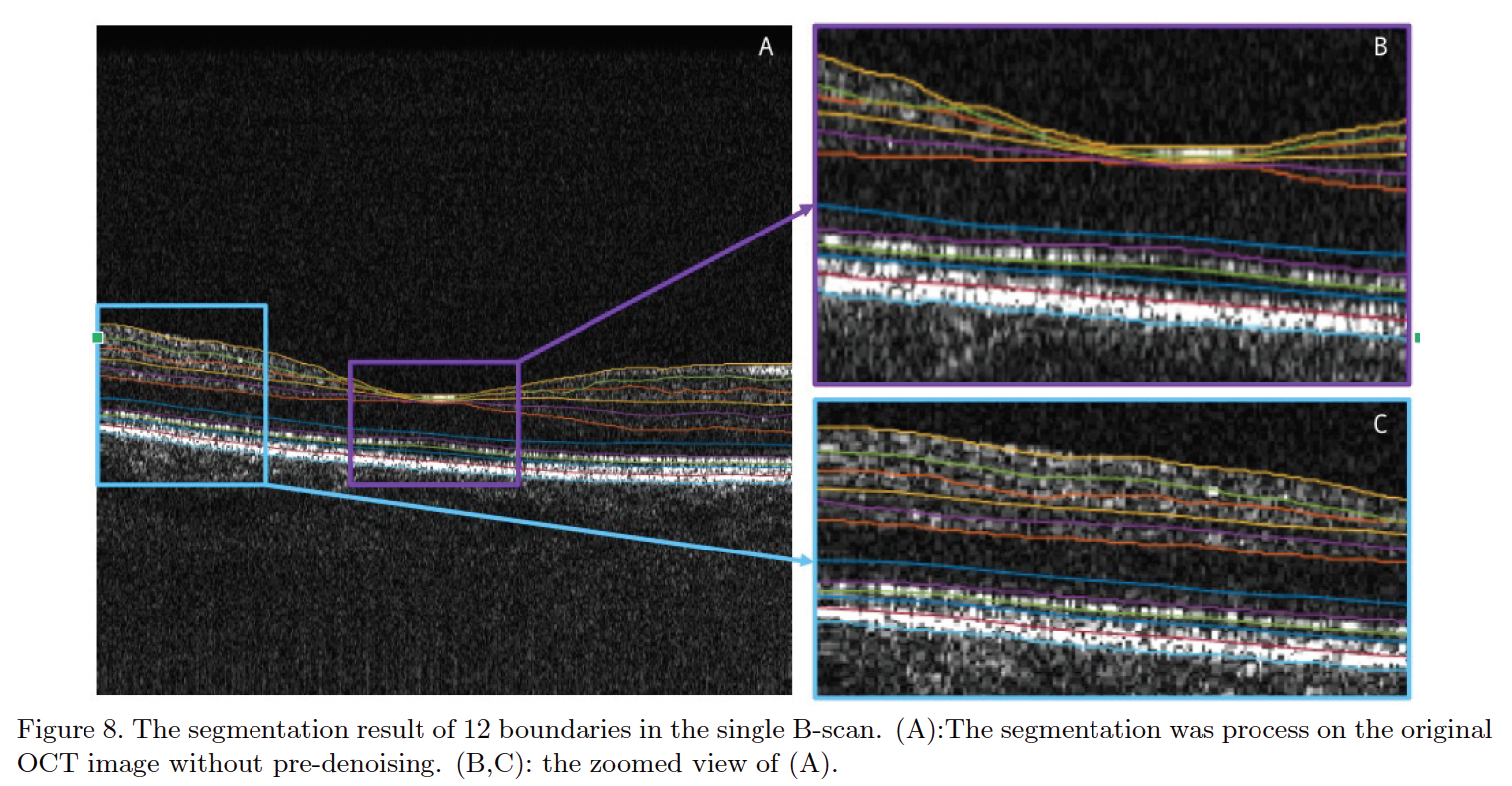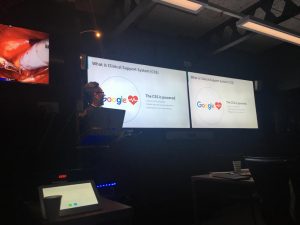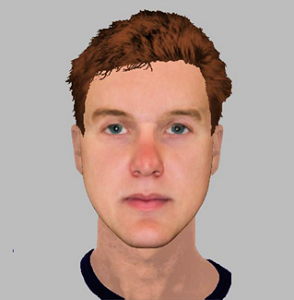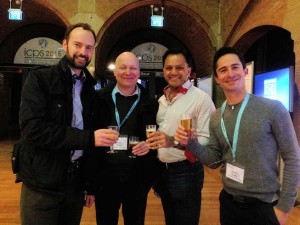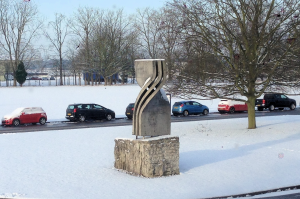How are suspects identified and located when the only lead in the investigation is an eyewitness’ memory of events? In these situations Police will often create a pictorial likeness of the suspect called a Facial Composite (a.k.a. E-FIT, PhotoFIT or Identikit). Previously, composite images have been created from a verbal description of the suspect, provided by a witness. This is a lengthy process that can be prone to misinterpretation which adversely affects accuracy and therefore also diminishes the chance of locating the suspect. Wouldn’t it be great if we could overcome these issues by simply reading the witness’ mind? That’s what SPS spin-out company Visionmetric ltd aim to achieve with their EEG-FIT research and development project.
The EEG-FIT project aims to exploit the enhanced (so-called Fringe P3) EEG brain wave response to facial images that bear resemblance to a criminal suspect and, in this way, generate facial composite images more accurately and rapidly.
Key people: Dr Chris Solomon, Dr Stuart Gibson & Prof Howard Bowman.
